Easy Tips for Maintaining Your Car in Top Shape
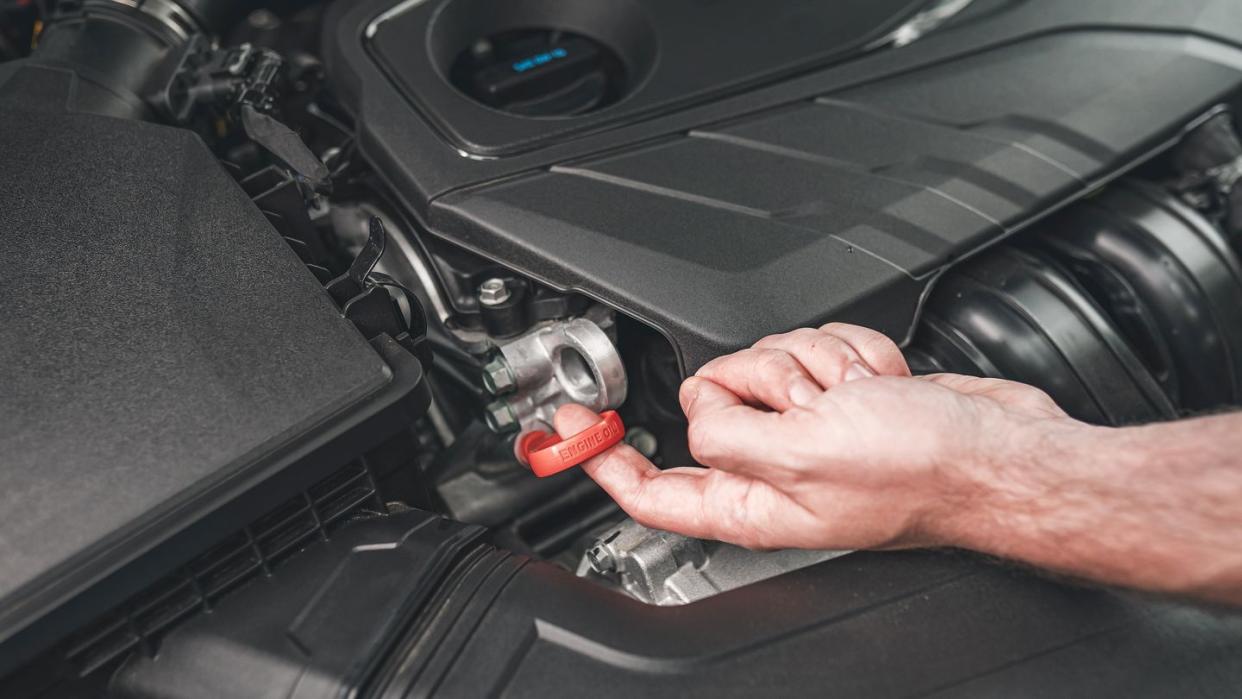
"Hearst Magazines and Yahoo may earn commission or revenue on some items through these links."
A car is a lot like the human body: It needs constant maintenance to be in top shape. Sure, there's a chance either you or your car can get by for some time without any major troubles even if you forgo routine checkups, but if you want either your body or your vehicle to stay at the peak (or near-peak) of performance, then you're going to want to keep tabs on a few basic things.
There are many reasons to take care of both yourself and your daily wheels. But this is Car and Driver, after all. While we support maintaining a healthy lifestyle, we're not really experts in that field. However, we are pretty well-versed when it comes time to maintain your car or truck.
Regular vehicle maintenance is quick, easy, and cheap, and it ought to help stave off expensive major repairs. Well-maintained vehicles last longer and hold more of their resale and trade-in value than neglected ones. In other words, take care of your car and it will take care of you.
The good news is that you don't have to be a car enthusiast or even marginally mechanically inclined to keep your car in top shape. And it takes hardly any time. Here's a list of six easy things to check that can potentially prevent costly problems and keep your vehicle humming happily for many years.
We've provided illustrations to help you find the components under the hood that need to be examined. But it's always a good idea to read your owner's manual to locate these items on your particular vehicle and to know the manufacturer's service recommendations for them.
How's the Oil Level?
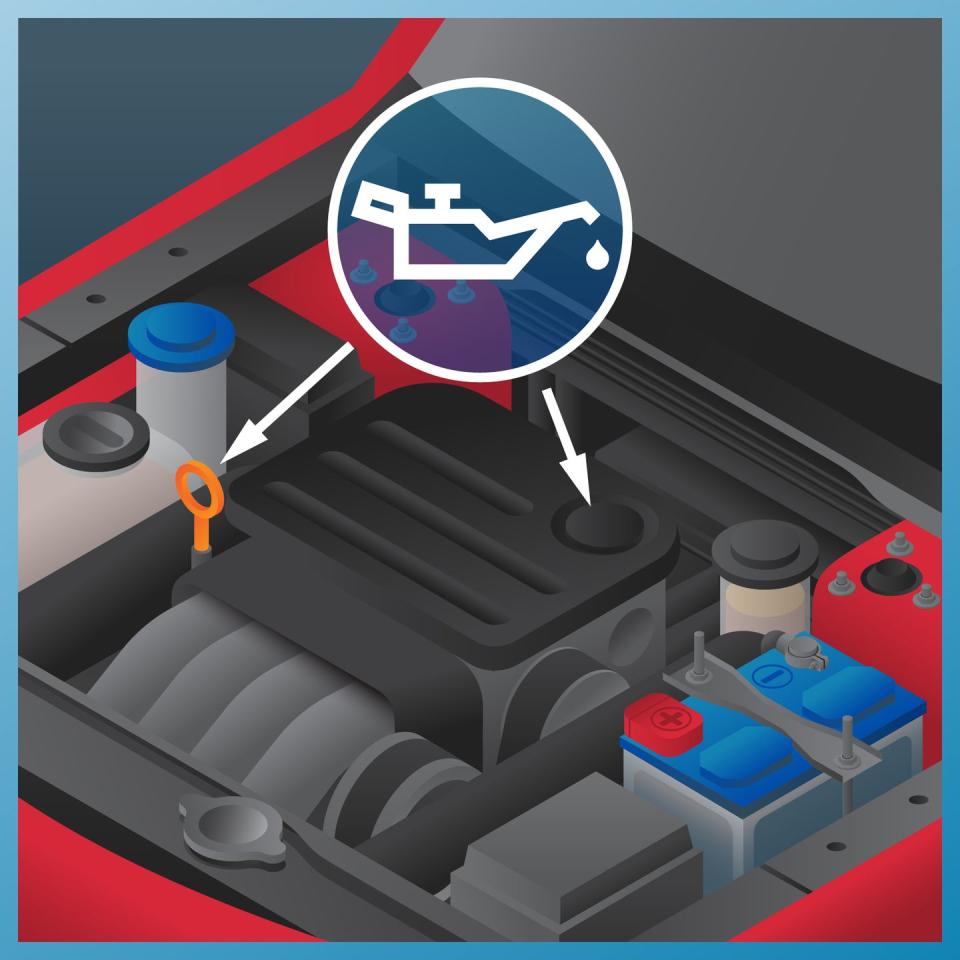
Engine Oil lubricates all the moving parts in your gas- or diesel-powered car's engine, so you never want to let it run low. Most modern cars have engines that are so well built and thoroughly sealed that they won't use any significant amount of oil between the recommended oil and filter changes. But you won't know for sure if your car is an exception to the rule unless you keep an eye on its oil level. Or maybe you drive an older car that does use some oil. Here's how to check your oil:
Make sure the engine is off. Open the hood. The release is usually found under the driver's dash; the safety catch is under the lip of the hood.
Find the (usually well-labeled) engine oil dipstick, and pull it out. (It's often yellow, for easy spotting.) Wipe the end with a clean cloth; place the dipstick fully back into its sheath; pull it out again.
Now look at the tip; the markings indicate a range from full to one-quart low. You will see a light coating of oil on the end of the dipstick. If it's between the minimum and maximum lines, you're good. If it's at or below minimum, add a quart of your vehicle's recommended oil. (You'll find that listed in the owner's manual.)
You add oil by twisting off the cap marked with the oil-can symbol (which often also has the word "oil" on it) that sits in plain view atop the engine and pouring in a quart of oil.
Be sure to wipe any drips off the engine; oil can smoke when it gets hot.
Some newer cars lack physical dipsticks. In that case, you'll want to take out the owner's manual to figure out how to check the digital one that typically lives within a menu in the infotainment or instrument cluster screen. As in a car with a physical dipstick, you'll want to add oil to your vehicle if the digital oil reader shows your vehicle needs a swig of Texas tea.
That said, your engine doesn't just need enough oil, it needs clean oil. So be sure to get the oil and oil filter changed at the mileage intervals recommended in the owner's manual.
Make Sure You Have Windshield-Washer Fluid
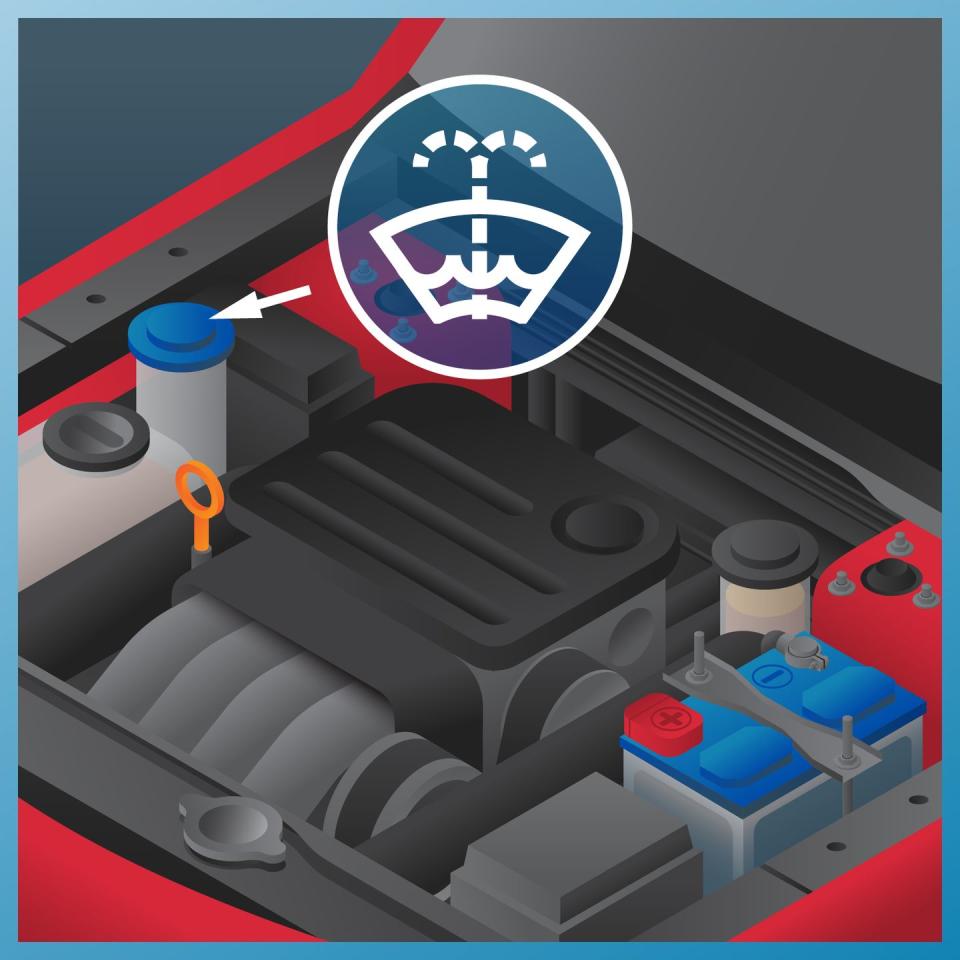
It's never fun to run out of washer fluid, but it's particularly bad in winter when road muck and salt mess up the windshield and play havoc with visibility. How often you check the windshield washer reservoir depends on the season and the weather. Here's how to check it:
The windshield washer reservoir is located under the hood.
Washer tanks are often made of translucent plastic, allowing you to check the level visually. But many are also tucked out of sight, so there's no way to tell how full they are—except when you fill them to the brim.
Pop the reservoir cap. It's marked with the icon of windshield-wiper spray. Fill the reservoir with washer fluid.
Do not use pure water; freezing temperatures will cause the water in the reservoir to turn to ice, rendering your wipers useless. Commercial washer fluid has alcohol in it that keeps it from turning solid in all but the most extreme winter temperatures.
Check the Tires' Air Pressure
Newer cars have a tire-pressure warning light to let you know that one or more of your tires are low on air, but older cars do not. In any case, it's best to purchase a tire pressure gauge at an auto parts store for a few dollars and check your tire pressures to make sure they're set correctly. Here's what you need to know:
A sticker on the driver's door pillar lists the proper inflation pressure for when the tires are cold (meaning that you haven't yet driven on them that day).
Check your tires' pressures every couple of weeks. Having properly inflated tires ensures your car's performing as the manufacturer intended. Plus, tires with too little air will drag down your vehicle's efficiency, resulting in more of your hard-earned dollars going toward fuel or electricity costs.
Is the Radiator Full?
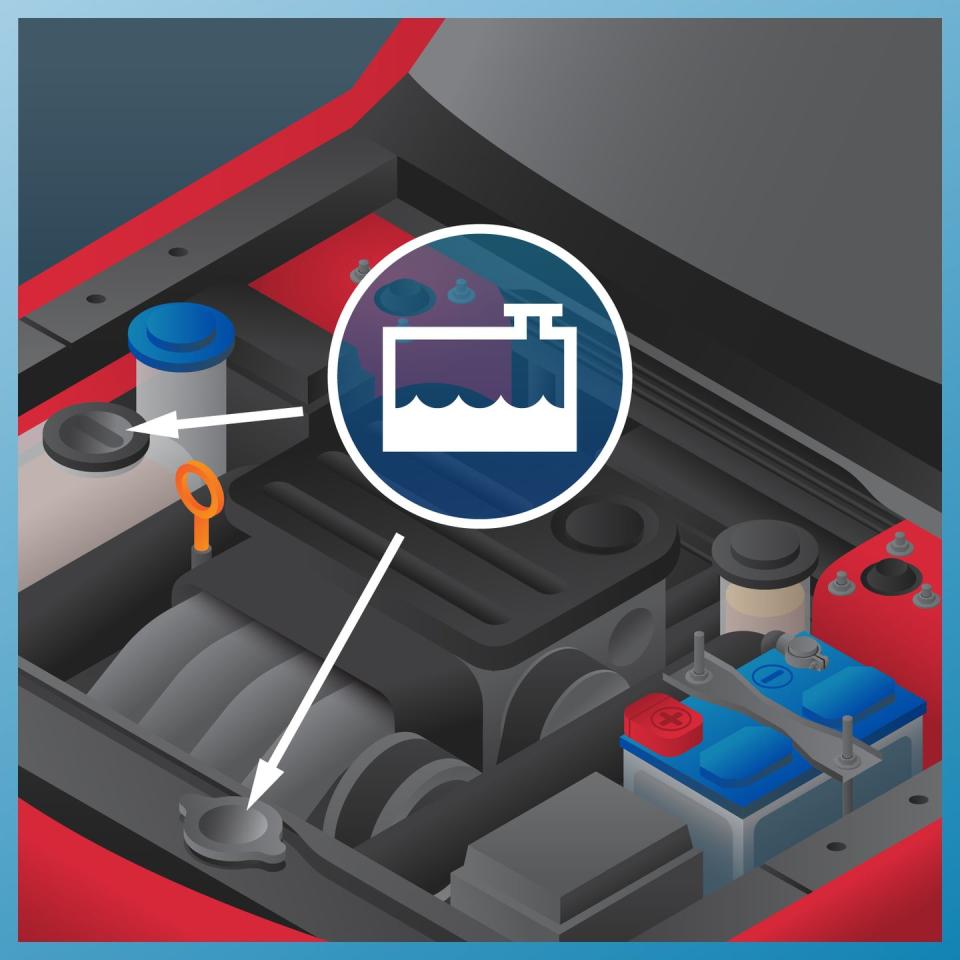
The radiator contains coolant that keeps your engine's temperature under control, and it can be checked visually. Here's how:
Find the coolant reservoir under the hood. It's made of translucent plastic, marked with "min" and "max" lines.
When the engine is cool, the coolant level should reside between the lines.
If it's low, buy the manufacturer-recommended antifreeze (found in your vehicle's owner's manual) and top it off.
Never attempt to refill the cooling system through the radiator cap! If the engine is warm, loosening the radiator cap—the black cap located atop the radiator itself, as shown in the illustration above—can cause it to spit back scalding coolant. Always refill through the reservoir, which is not under pressure.
If the coolant is low during your initial check, recheck it every couple of weeks. If coolant keeps disappearing, then you have a problem with your cooling system and will need to either fix it yourself or bring the car to a dealer or repair shop.
If the coolant level remains in that middle zone, then it's safe to assume your cooling system is in good working order. Coolant lasts for years, but not indefinitely. Check your owner's manual to see how often the manufacturer suggests it be replaced.
Brake-Fluid Check

For most cars, the brake-fluid reservoir is located toward the rear of the engine bay (or the car's firewall) and made of translucent plastic in order to allow you to see just how much fluid's in it. Here's how to check the brake fluid level:
Find the brake fluid reservoir.
Look for the "max" and "min" markings. (These are often integrated into the fluid reservoir's cap, which requires you to pull the cap off to confirm the fluid level is neither underfilled nor overfilled. Check your owner's manual to see how to check the brake fluid level of your specific vehicle.)
If the brake reservoir is full when you check it, your brake system has integrity.
If the reservoir is low on fluid, then purchase the manufacturer-recommended brake fluid (found in your vehicle's owner's manual) and refill the reservoir.
Check it at every gas stop. If the fluid level continues to go down, however slowly, plan to take the car to a repair facility or take some time to suss out the issue and fix it yourself. Regardless, your vehicle has a problem that could make it a danger to yourself and others.
Like coolant, brake fluid has a working life and must be replaced at regular intervals, typically two to three years. Consult your owner's manual to see at what mileage or time point it should be replaced.
The other brake items that wear out are the brake pads. Pads can last for 50,000 miles or more—sometimes much more—depending on your car and driving conditions. But this isn't something that can be easily checked at home. Most shops will give your pads a visual once-over when you bring your car in for scheduled maintenance.
Most brake pads include a wear indicator that lets you know it's time to replace them. Often this takes the form of a grinding or squealing sound under braking. If you hear this sound, then plan to replace the offending brake pads as soon as possible. Front and rear brake pads wear at different rates, so you may not need to change the pads of all four brakes at once.
If you wait too long to change your pads, then the pad linings can wear through to the metal backing plates and do big damage to your car's brake rotors. And then there's the potential impact on braking performance and safety.
Need Tires?
Tires are the all-important connection between your car and the road. You don't want to let them wear until they're bald. At that point, tires act like water skis when the road gets wet, making it much easier to lose control of your vehicle. The tread should be visible across the tire. Better still, use a penny to check if the depth of the tread is adequate. Here's how:
Insert the edge of the penny into the tread, making sure Lincoln's head is upside down (the top of the president's head should be touching the tread), with the head facing so you can see it.
If you can see all of Lincoln's head, the tread grooves are too shallow (about 2/32 of an inch or less) to drive in wet weather; those grooves channel rainwater away and keep the tire in contact with the road. Replace your tires!
If you're unsure about whether the tires are due for replacement, see a tire dealer. It's also a good idea to rotate your tires front to rear annually to even out the wear. And if you live in the cold-weather states, it's smart to invest in a set of winter tires.
That's the easy stuff, and if all you do is occasionally check these six areas, you'll be fine a long way down the road—literally and figuratively. Leave the rest to the experts.
Don’t Be A Tool: Make Working on Your Car Easier
Ready to pick up the wrench yourself? Here's a collection of great products and tools every garage needs.
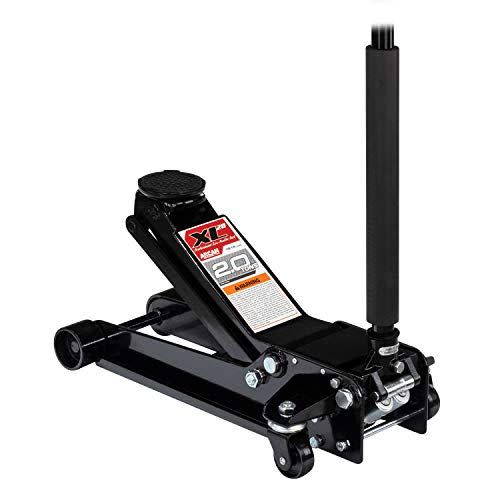
Arcan 2 Ton Low Profile Quick Rise Steel Floor Jack A20015 / XL20, Black
amazon.com
$149.00
Amazon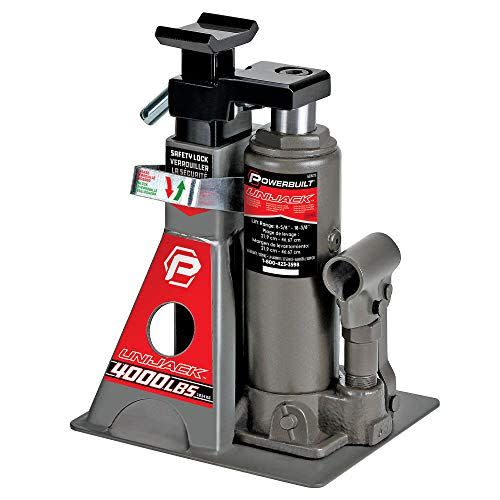
Powerbuilt 2-Ton UniJack Combination Hydraulic Bottle Jack/Jackstand for Unibody Sedans, CUVs, SUVs, Cars
amazon.com
$64.16
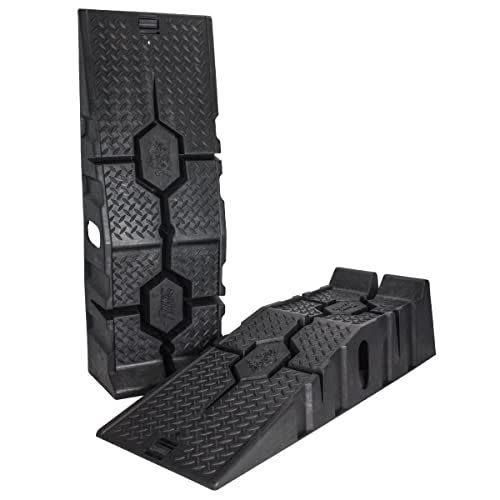
RhinoGear RhinoRamps MAX - Pair (16,000lb. GVW Capacity)
amazon.com
$74.99
Amazon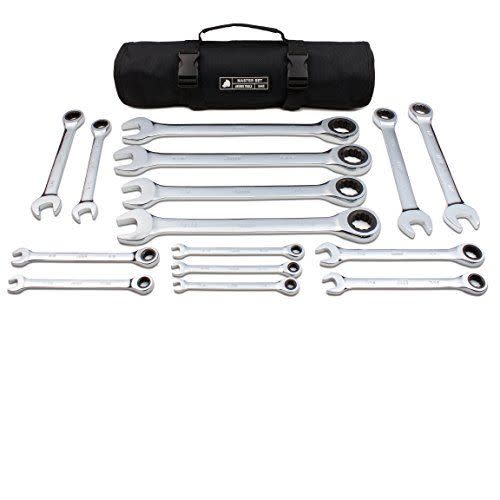
JAEGER 15pc TightSpot SAE Ratcheting Wrench Set with Case
amazon.com
$69.97
Amazon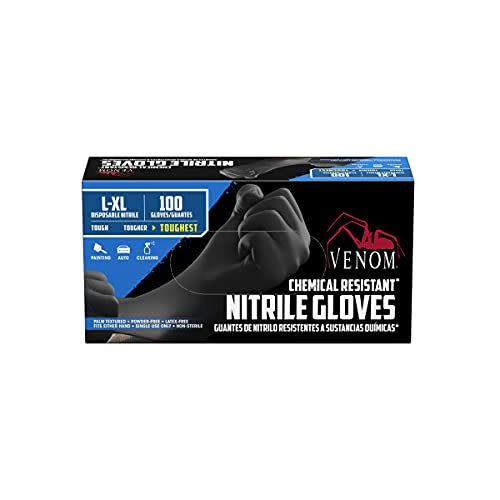
Venom Chemical-Resistant Disposable Nitrile Gloves, Black, Size Large/X-Large, 100 Count
amazon.com
$20.99
AmazonYou Might Also Like

 Yahoo News
Yahoo News 
